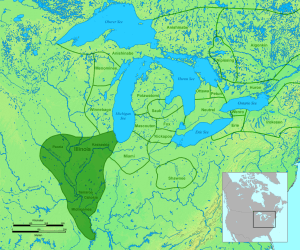Karankawa Tribe
Karankawa Indians. A term that seems to have the Brazos in 1823 began the decline of been given originally to a small tribe near the tribe near Matagorda Bay, Texas, but its application has been extended to include a number of related tribes between Galveston Bay and Padre Island. The signification of the name has not been ascertained. Although the linguistic material obtained is not sufficient to show positive relation to any other language, there are very strong indications of affinity with the dialects of the Pakawa group, Pakawa Comecrudo, and Cotonam, still recognized as a part of the Coahuiltecan … Read more


